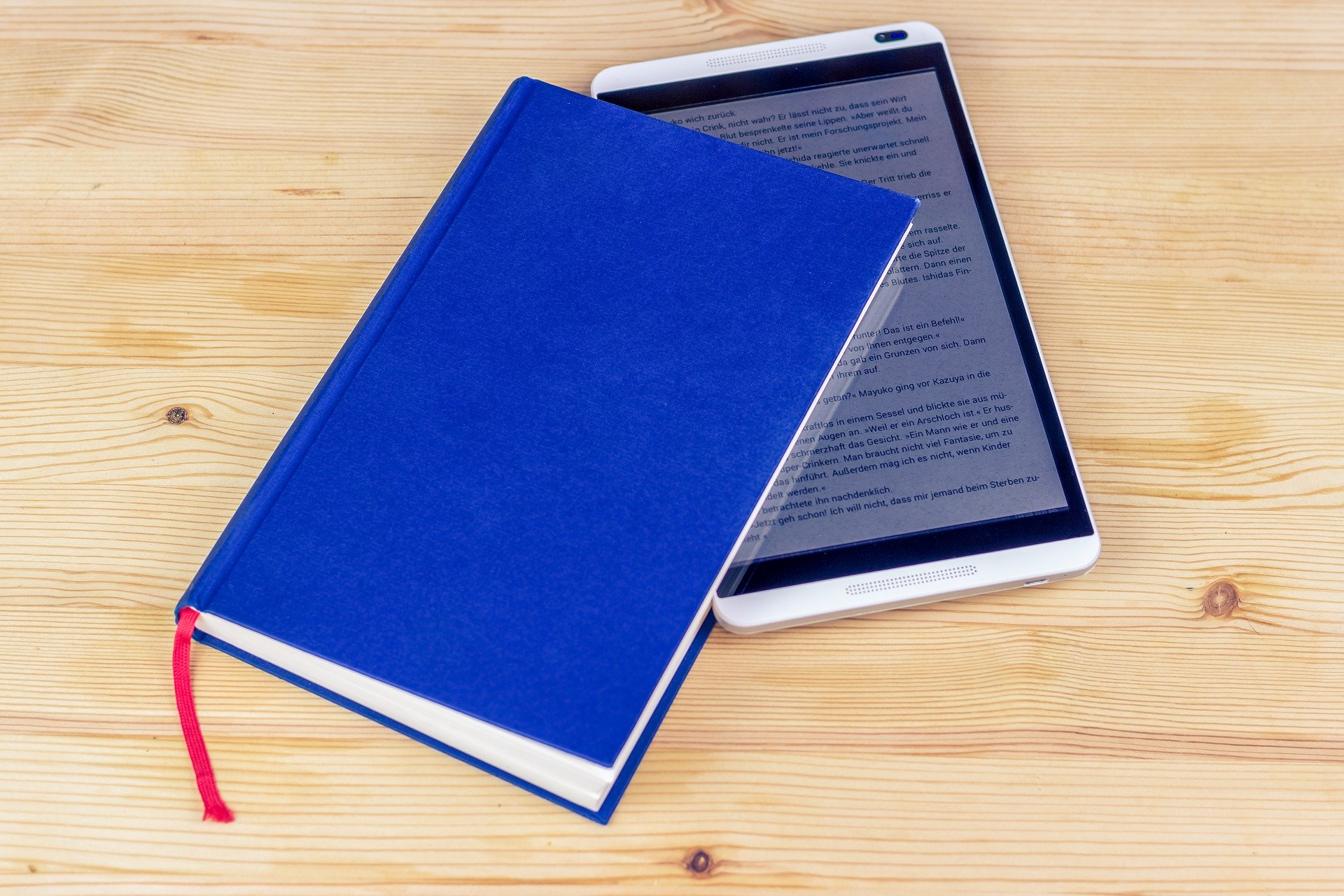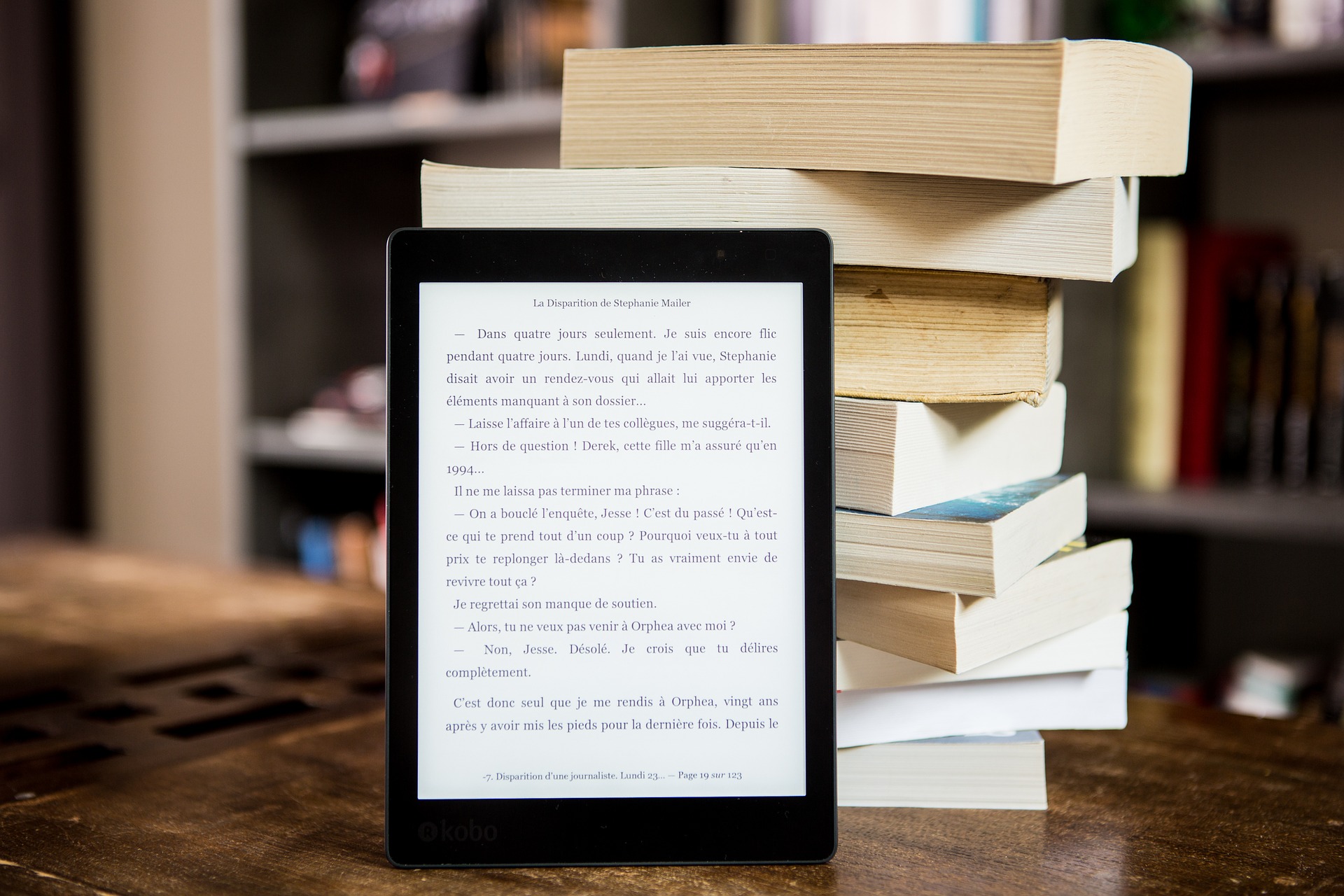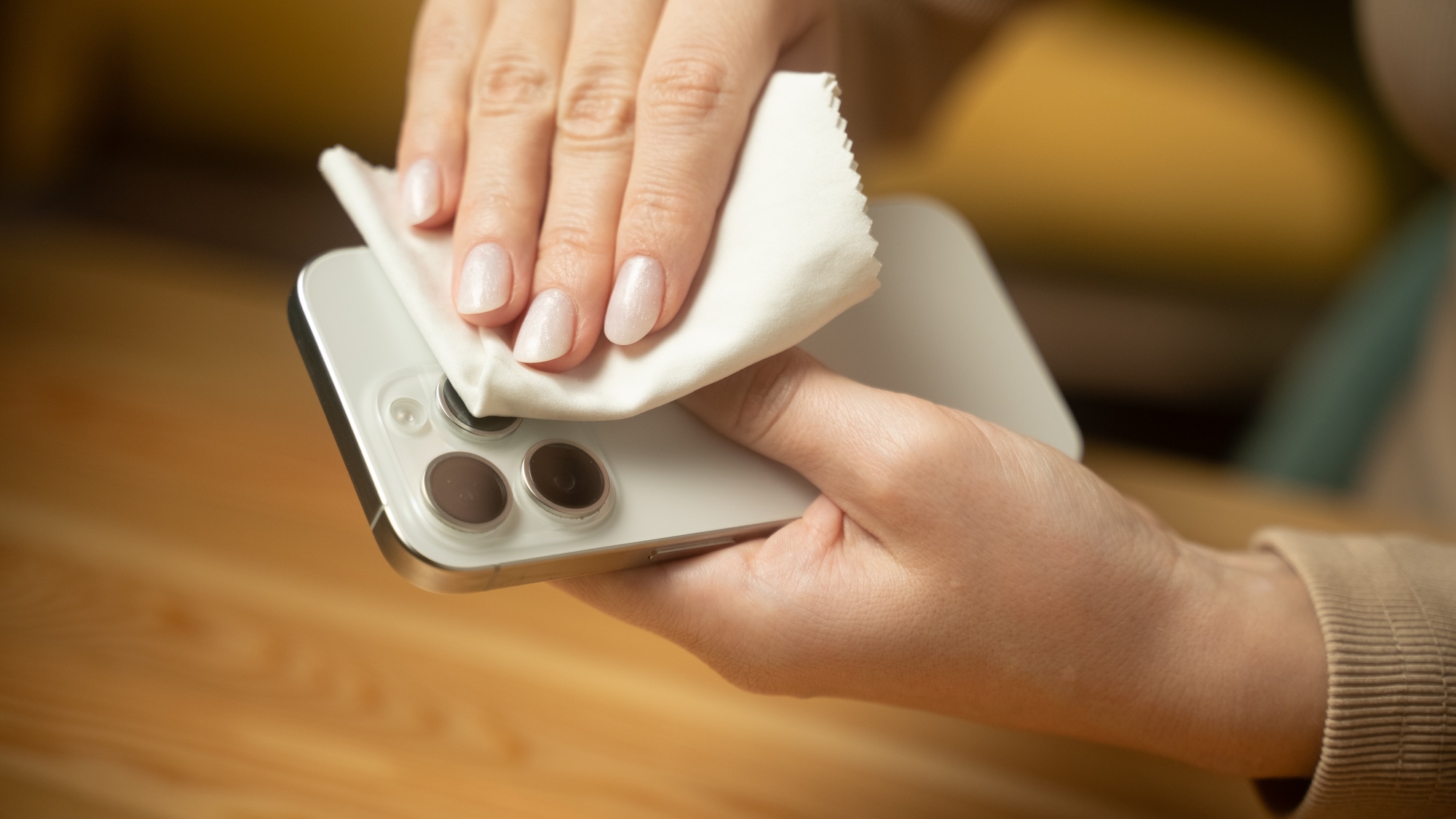Ten years later, the iPad has (almost) killed the e-reader
Versatility trumps specificity

Ten years ago, just before the iPad debuted, I was working at a Barnes & Noble. I stocked shelves and slung books with the best of them, but my primary job was selling the Nook: the Barnes & Noble e-ink reader. Some of my regular customers dropped by one day and said that Apple was planning an e-reader of its own, but this one would have a color screen.
I said that sounded unlikely, but decided to peruse the magazine rack to see if I could learn more. No one knew exactly what Apple's new device would be, but the most convincing mockup showed it as a clamshell gadget, with an e-ink screen on one side, and a full LCD computer on the other. This, the article reasoned, would give readers the best of both worlds, particularly when it came to magazines, newspapers and other media where color pictures were paramount.
The mockup was half right.
In the ten years since the iPad has come out, it's revolutionized the ebook space, and not necessarily in a positive way. Two years ago, I wrote an article about whether or not the e-reader was dead, and since then, not much has changed. I would argue that as soon as the iPad debuted, the e-reader's days were numbered; that they've hung on this long is probably due to Amazon's power to sell things more than an organic market demand.
My analysis isn't based on a single "smoking gun" data point; instead, it's about general trends, common sense arguments and my own experience in the publishing industry. But if the iPad didn't kill the e-reader outright, I think it's at least fair to say that Apple's tablet did the E Ink market no favors.
- Where to get free ebooks

iPads and e-readers: By the numbers
Here are a few propositions to consider: Most Americans don't read that much. Tablets are more versatile than e-readers. All other things being equal, then, the average consumer would want an iPad rather than, say, a Kindle. And once they got that iPad, the Kindle essentially became dead weight.
If you want to know how far e-readers have fallen in the popular consciousness, look no further than a 2015 study from the Pew Research Center. Five years ago, e-reader ownership was already dropping precipitously, as tablet and smartphone ownership skyrocketed. The study found that 19 percent of American adults owned dedicated e-readers, compared to 32 percent of American adults just one year earlier. There hasn't been another consumer-facing e-reader study since then.
Get instant access to breaking news, the hottest reviews, great deals and helpful tips.
iPads, on the other hand, have had a largely consistent rise. An Ars Technica graph reveals that iPad sales started off slowly in 2010, grew steadily until 2013, suffered a big setback in 2014, and then went right back up.
In other words: By 2015, iPad sales were growing, and e-reader ownership was shrinking.
Here's another fact: e-readers exist almost exclusively for reading books. Depending on your exact model, they may offer magazines, or audiobooks, graphic novels, or web browsers, but a tablet can do every single one of those things better than an e-reader can. When you have plain black text on plain white paper, perhaps with some tasteful black-and-white illustrations, that's when an e-reader shines.
The question is whether people really want a device like that. In 2019, Pew ran another study about book readership demographics. There were a lot of takeaways from this research, but one important one was that 27% of American adults didn't read a single book in the past year. I would categorize another 43% of those surveyed as "light" readers — somewhere between one and ten books per year. This suggests that a relatively small minority of Americans — 30 percent — read enough books to make a dedicated device worthwhile.

iPads and e-readers: Drawing conclusions
Of course, statistics don't tell the whole story. Tablets are generally much more expensive than e-readers, for one thing. Smartphones have gotten bigger, more powerful and more ubiquitous. Even audiobooks have had something of a resurgence, so people are still arguably reading; just in a different way than before.
Still, I'll never forget my own experience when the iPad came out, first as a Nook salesman, then a few months later as an eBook analyst working in the Barnes & Noble web office. As more and more people got iPads, they'd come into the store and show them off. I'd help them download the Barnes & Noble app, and they were extremely pleased to find that they could read whatever they wanted without having to buy a separate e-reader.
(They also soon learned that they could also read whatever they wanted from the Apple and Amazon bookstores, rather than being restricted to just one catalog. In terms of raw selection, a tablet is better than an e-reader, and it's not a remotely fair fight.)
"If I have an iPad, why would I need a Nook?" they'd ask. I answered honestly: If you read for long periods of time, it's more comfortable to read on an ink screen rather than an LCD screen. This statement is still generally true, but some people really don't mind LCD screens — and if they're only reading for a few minutes per day, or in long, infrequent bursts, a tablet screen is really no worse than an e-reader.
Things were much the same once I reached the corporate office. While there are still many details I can't discuss due to NDAs and general courtesy, I can say that while I was there (2011 to 2012), ebook sales increased consistently, while Nook sales were much more mercurial. The company eventually put more and more effort into the iOS (and later Android) apps, partially because they were easier to update than Nooks, and partially because that's simply how a lot of people were reading.
Over time, I began to notice that fewer and fewer of my friends and family members had e-readers. Most of them seemed perfectly content with smartphones, tablets and even physical books, which are, surprisingly, doing just fine. Granted, this is an anecdotal observation, but ask yourself: How many people in your immediate circle have e-readers? How many of them used to? Ask around, and you might be surprised.

Ten more years of tablets?
Of course, the iPad has had its own ups and downs over the years, and there's some question about whether tablets are even necessary anymore. With larger phones and lighter laptops, they certainly don't seem as necessary as they once did.
Furthermore, lacking more data, it's impossible to say whether the iPad/e-reader sales figures are anything more than correlative. Maybe people stopped buying e-readers because the market was already saturated; maybe the early adopters of e-readers and iPads were exactly the same crowd; maybe the e-reader market is currently going through a second boom.
And yet, it seems apparent that the e-reader market today is much quieter than it was in the early 2010s. Sony left the e-reader scene a long time ago. Barnes & Noble and Kobo are still hanging in there, but Amazon is the only major player, and each new model brings only marginal advancements. The technology probably isn't going to die anytime soon, but it's hard to imagine it getting much better, either.
While many pieces celebrating the iPad's tenth anniversary will laud the device and its role in launching the modern tablet, there's a darker side to Apple's success. On the other hand, both ebooks and print books are selling just fine, and the tablet's future prospects seem less certain than they once were. Perhaps e-readers are a technology whose time will come again.

Marshall Honorof was a senior editor for Tom's Guide, overseeing the site's coverage of gaming hardware and software. He comes from a science writing background, having studied paleomammalogy, biological anthropology, and the history of science and technology. After hours, you can find him practicing taekwondo or doing deep dives on classic sci-fi.
